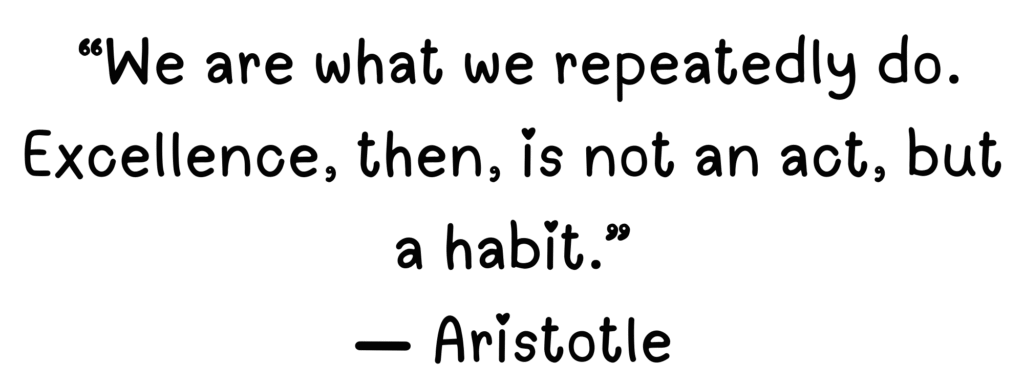We often think of habits as things we do. Waking up early, exercising, journaling, drinking water, eating healthy—all the actions we consciously decide to repeat. But not all habits are obvious. Some of the most powerful ones are invisible, hidden in the background, silently shaping the way we see ourselves and the life we believe we deserve.
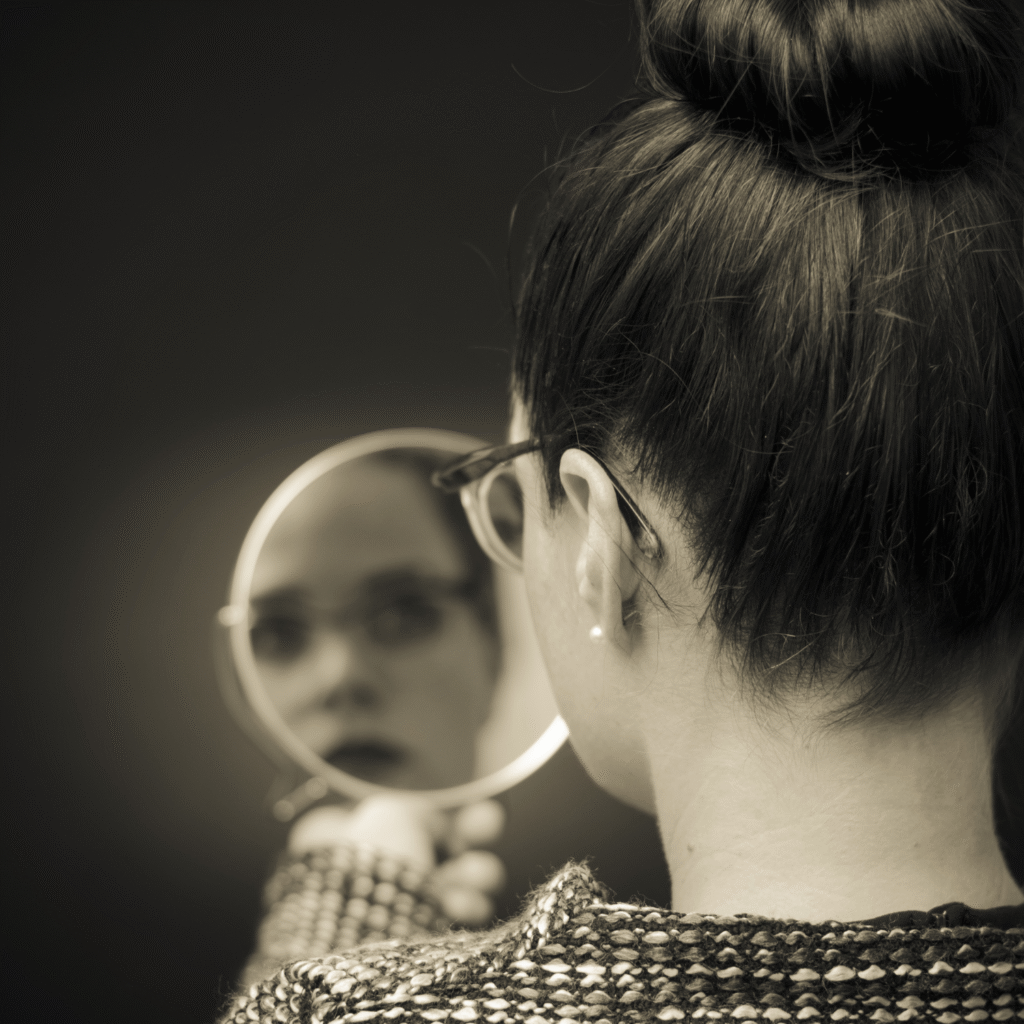
These invisible habits are not just about behavior—they mold our self-image, and self-image determines what we think is possible. If you believe you’re someone who always falls short, you’ll act in ways that prove it true. But if your self-image is built on the quiet, positive habits that reinforce strength, resilience, and worthiness, you’ll move through life differently.
The truth is, we live in alignment with who we think we are. And who we think we are is a direct reflection of the habits—seen and unseen—that run our daily lives.
The Subtle Power of Invisible Habits
When people talk about habits, they usually picture something deliberate: hitting the gym, reading before bed, or writing in a planner. But invisible habits are more subtle. They’re the reflexive patterns of thought and behavior you rarely stop to notice:
- The way you talk to yourself when you make a mistake.
- The tone you use when you speak about your goals.
- The automatic reaction you have to stress—complaining, scrolling, or distracting yourself.
- The small rituals you keep that no one else sees.
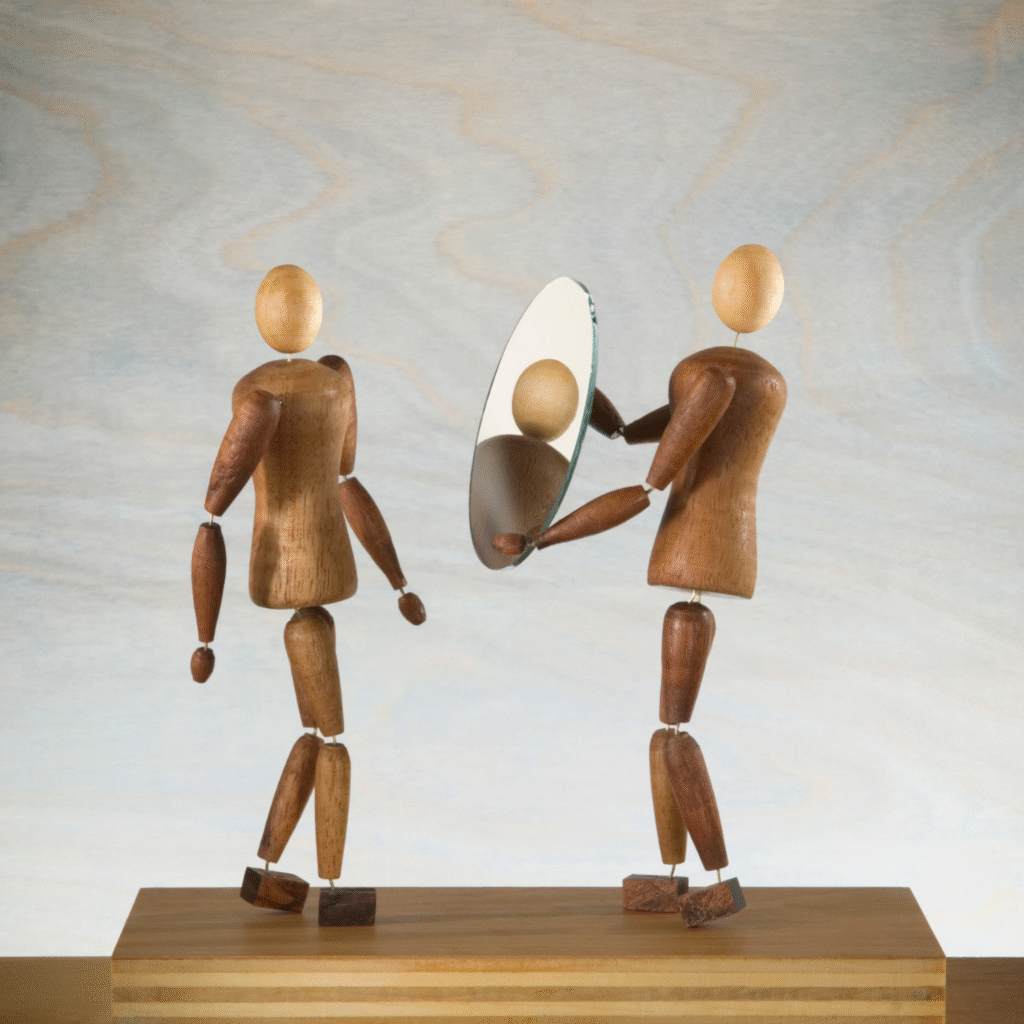
These don’t look like “habits” at first glance, but they are. And they matter, sometimes more than the visible ones. Because they’re connected to how you define yourself.
For example, if your hidden habit is constantly saying, “I’m so bad at this” when faced with challenges, over time your self-image becomes someone who is incapable. But if your quiet response is, “This is tough, but I can figure it out,” your self-image shifts toward resilience and problem-solving.
Small internal habits like these create the lens through which you see yourself—and in turn, your entire life.
Self-Image: The Anchor of Your Habits
Your self-image is like the thermostat of your life. Even if you try to rise higher with motivation or inspiration, you’ll eventually drift back to whatever identity feels “normal” to you.

Think of someone who starts exercising regularly. If their self-image is “I’m lazy” or “I’m not athletic,” the habit might stick for a few weeks, maybe a few months. But sooner or later, the identity wins, and the habit breaks.
Now think of someone who sees themselves as “a healthy person.” For them, skipping the gym feels off, because it doesn’t match who they are. The invisible habit of identifying as healthy keeps the visible habit of exercise in place.
This is why invisible habits are so powerful—they sculpt the identity that makes visible habits sustainable. Without aligning with your self-image, any habit you build will always feel temporary.
Examples of Invisible Habits That Shape Who You Are
1. The Habit of Self-Talk
Every day, you have an inner dialogue. Do you encourage yourself or criticize yourself? Do you say “I’ll never get this right,” or do you say “I’m learning, I’ll get there”? This invisible habit either builds your confidence or chips away at it.

2. The Habit of Focus
Where do your thoughts go when your mind is free? Toward problems, or toward possibilities? Do you replay regrets, or imagine solutions? The invisible habit of focus determines whether you’re someone who feels stuck or someone who feels capable.

3. The Habit of Response
When things don’t go your way, what’s your default? Complaining, blaming, avoiding—or pausing, adjusting, and trying again? Your habitual response to setbacks shapes your identity as either powerless or resilient.

4. The Habit of Stories
We all tell ourselves stories: “I’ve always been like this,” “People like me don’t succeed,” or “I’m not the type to….” These narratives, repeated often enough, become invisible habits that define the borders of your life.
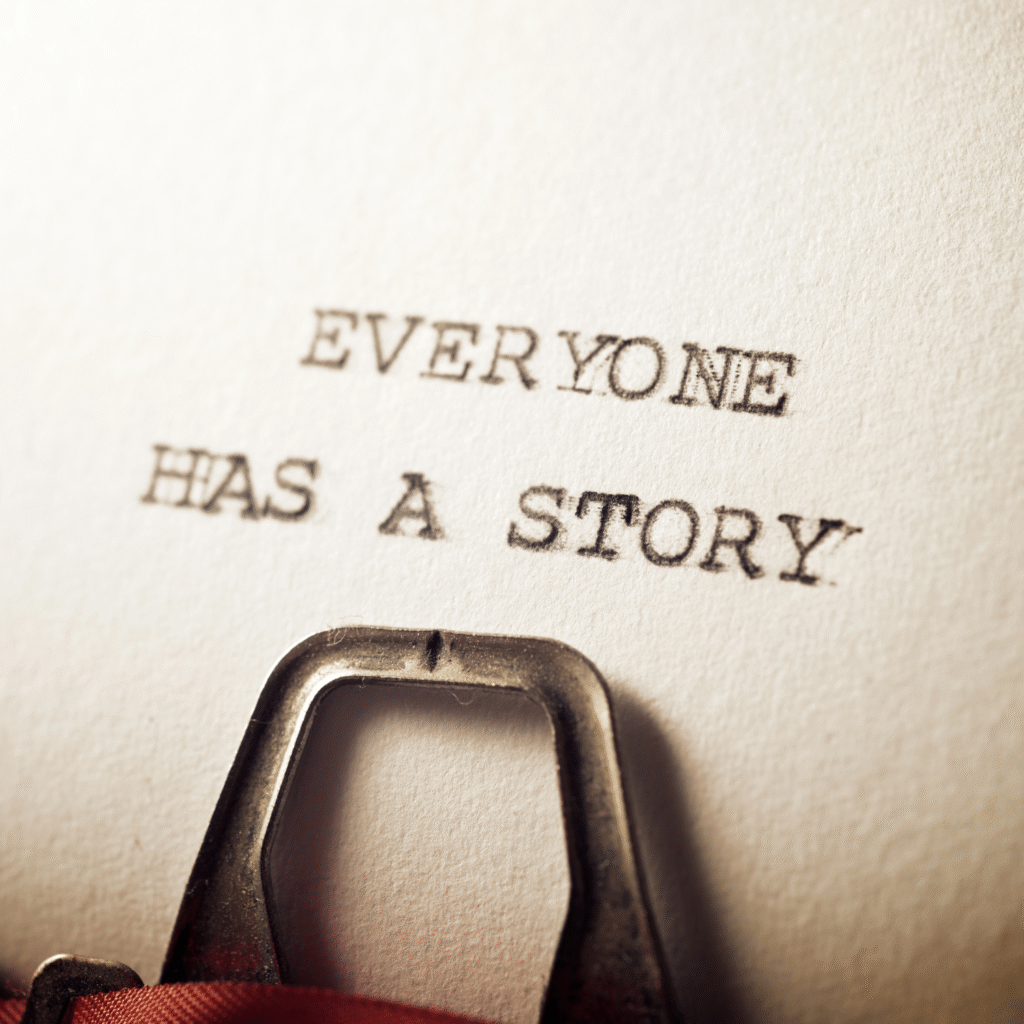
5. The Habit of Attention
Do you notice small wins, or only your failures? Do you recognize effort, or only results? The things you consistently pay attention to form the picture of who you believe you are.

How to Reprogram Invisible Habits
Changing invisible habits begins with awareness. You can’t shift what you don’t see. Start by paying attention to the small, automatic patterns of thought, response, and language in your daily life.
Here are some steps:
1. Catch the Scripts
Notice your self-talk. When you make a mistake, what do you say? When you succeed, how do you respond? Write these down for a week. Patterns will reveal themselves.
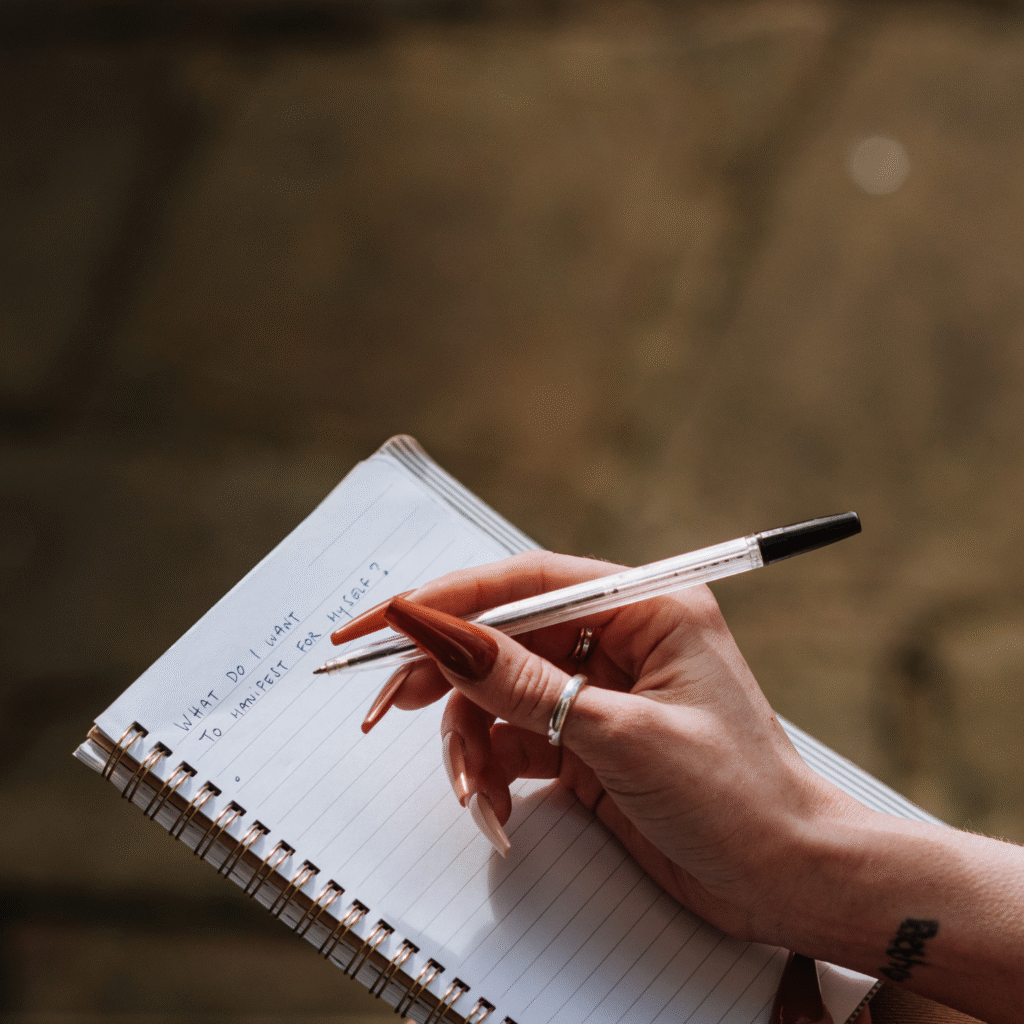
2. Flip the Language
Once you notice a negative script, replace it with a better one. For example:
- “I’m terrible at this” → “I’m still learning this.”
- “This always happens to me” → “I can handle this one step at a time.”
At first it feels forced, but over time it becomes natural.
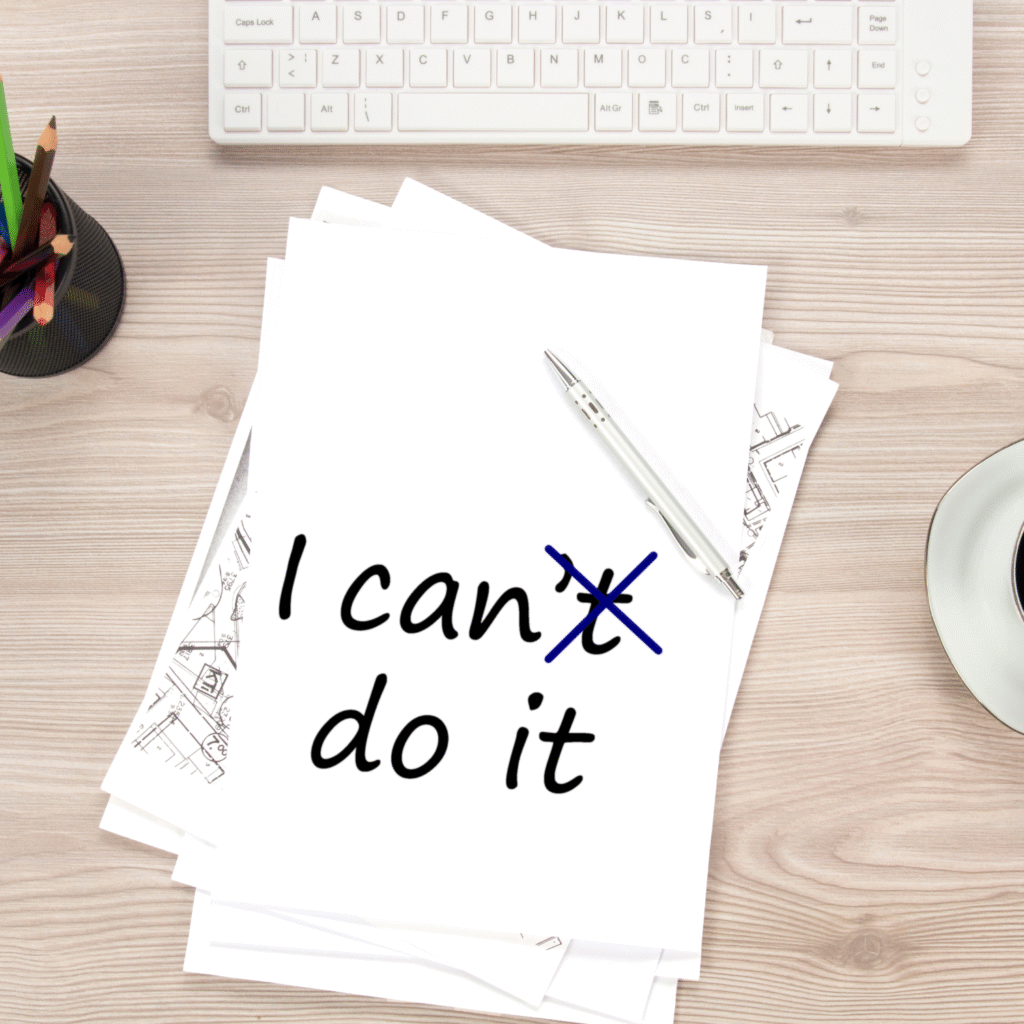
3. Anchor to Identity
Shift your invisible habits by connecting them to a stronger identity. Instead of just saying “I want to exercise,” say “I’m the kind of person who takes care of my body.” Instead of “I need to save money,” say “I’m the kind of person who is responsible with money.” Identity is a stronger anchor than willpower.

4. Celebrate the Smallest Wins
Invisible habits are often reinforced by recognition. When you notice yourself shifting self-talk, or responding differently to stress, celebrate it. This reinforces the new identity you’re building.

Why This Matters More Than You Think
We live in a world that glorifies visible habits—workouts, routines, morning rituals, productivity hacks. These are important, but they’re surface-level. Invisible habits are deeper. They form the soil in which all visible habits grow.

If the soil is negative self-talk, constant worry, or limiting beliefs, no matter how hard you try to plant new habits, they won’t last. But if the soil is encouraging inner dialogue, hopeful focus, and resilient responses, almost any habit you plant will thrive.
And here’s the quiet truth: the way you see yourself is not fixed. Your identity is not a final label. It’s flexible, shaped every day by the invisible habits you allow to repeat. Change the habits, and you slowly change who you believe you are.
A Final Reflection
Every action you take is like a vote for the person you want to become. But not every vote is loud or visible. Some are quiet—how you talk to yourself, the way you handle setbacks, the focus of your attention. These invisible habits are the unseen votes that carry the most weight.
If you want to change your life, start by paying attention to the invisible. Because long before the world sees the change, you’ll have already become someone new on the inside.
